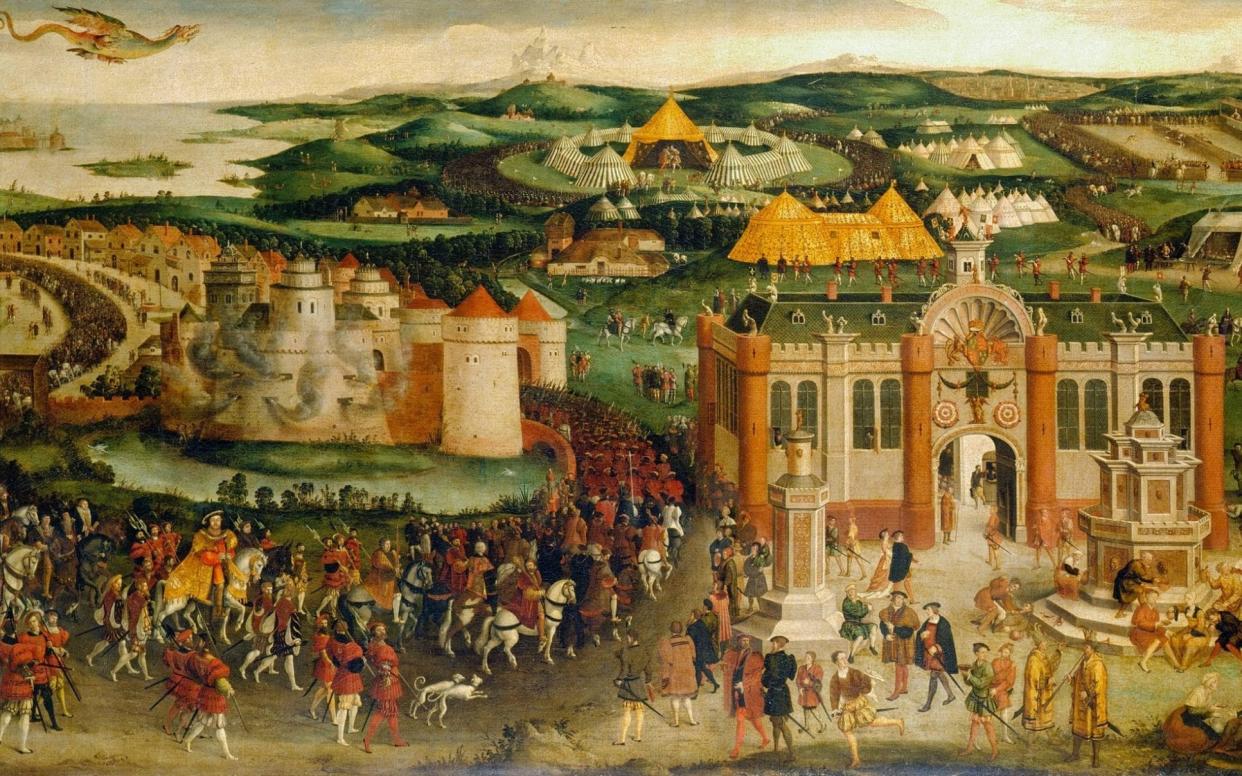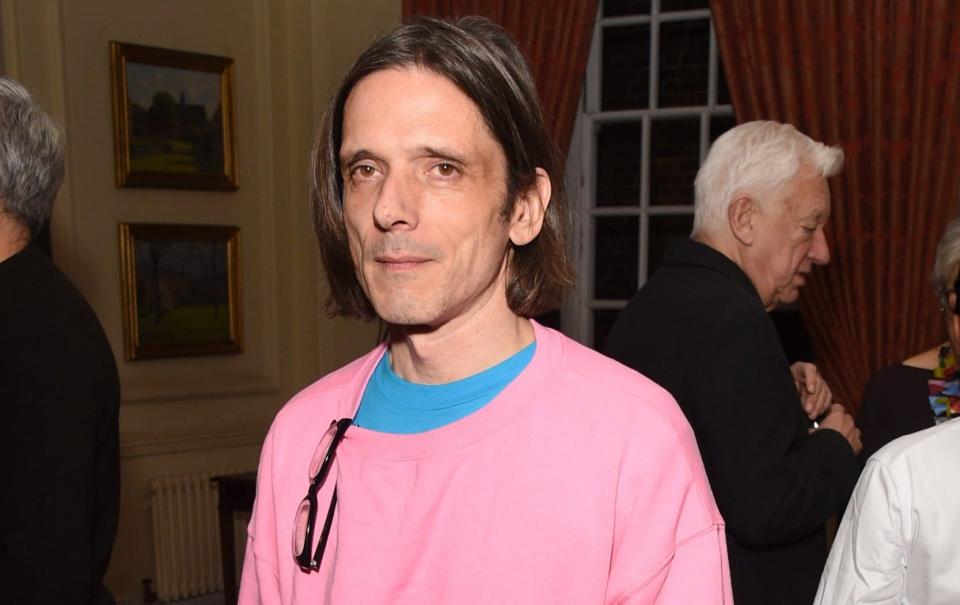Henry VIII too ‘horrible’ for new BBC history series

The BBC’s new landmark art history series has a straightforward brief: to tell the story of Britain over 1,500 years.
But there will be one notable omission. The show, Art That Made Us, will skip the reign of Henry VIII after the artist invited to cover that period declared that he loathed him.
The eight-part series will move through the centuries, with artists and presenters picking out works of art, literature, music and design that represent turbulent periods of history in which culture shifted.
Producers asked Jeremy Deller, the Turner Prize-winning artist, to explore the famous painting from Hampton Court depicting the Field of the Cloth of Gold, the 1520 summit between Henry VIII and Francis I of France, in which both monarchs displayed their great wealth.
Deller refused. “Henry VIII is one of the greatest a—holes in British culture in terms of what he destroyed, so I despise him,” said the artist, referring to Henry’s dissolution of the monasteries.
“He’s an iconoclast fundamentalist, just a horrible, horrible person.”

Deller was speaking at the launch of the BBC Two series where the producer, Russell Barnes, confirmed that after hearing from Deller “we gave up on Henry VIII”. Instead, the programme skips to the Elizabethan period.
“We thought maybe Field of the Cloth of Gold would be a really interesting picture to look at, but we just couldn’t find an artist who really wanted to engage with that,” Barnes said.
Deller chose instead to appear in a later episode discussing the work of William Morris. In the series, he describes Morris as the most influential artist of the Victorian era, and says of his wallpaper designs: “These are the great landscape artworks of the 19th century – it’s not Turner and Constable, it’s these, which were then replicated throughout people’s homes and throughout the world.”
The series is chronological, beginning with a 5th century Anglo-Saxon figurine, the Lindisfarne Gospels and Beowulf.
Authors featured in the programme include Chaucer, Shakespeare, Milton and Austen, while architecture includes Harewood House in West Yorkshire, the dome of St Paul’s Cathedral and York Minster.
Comedians are among the contributors, such as Stewart Lee (discussing Jonathan Swift’s A Modest Proposal) and The Mash Report’s Rachel Parris (Jane Austen’s Mansfield Park).
David Baddiel chooses the poem Going, Going by Philip Larkin. While the discussion of Larkin in the programme touches on his controversial views – the poet has been accused of racism – Baddiel said: “This is an unfashionable view but I think you have to separate the art from the artist.”

The final episode, covering 1958 to the present day, is likely to prove the most divisive.
It includes Tracey Emin’s tent installation, Everyone I Have Ever Slept With, Irvine Welsh’s Trainspotting and Stormzy’s 2019 performance at Glastonbury.
The programme has also chosen Harry Potter and the Philosopher’s Stone, the first of JK Rowling’s stories about the boy wizard.
The experts discussing Harry Potter variously describe it as blending “Blairite progressive politics with a traditional vision of Britain”, and a “clearly conservative” defence of “elite boarding schools”.
Art That Made Us will begin on April 7. It will be accompanied by a nationwide event of the same name in which museums, libraries, archives and galleries stage special events and exhibitions.

 Yahoo News
Yahoo News 
